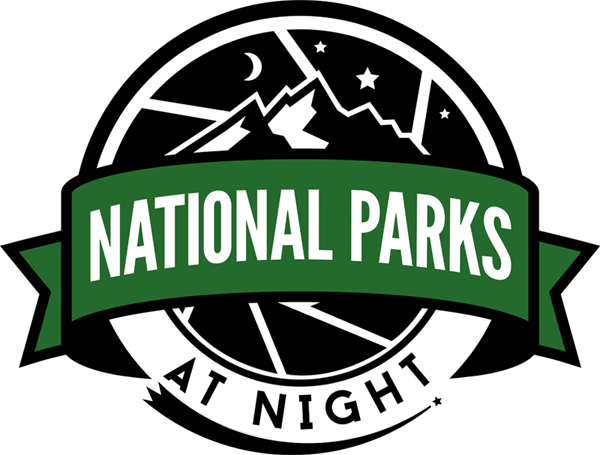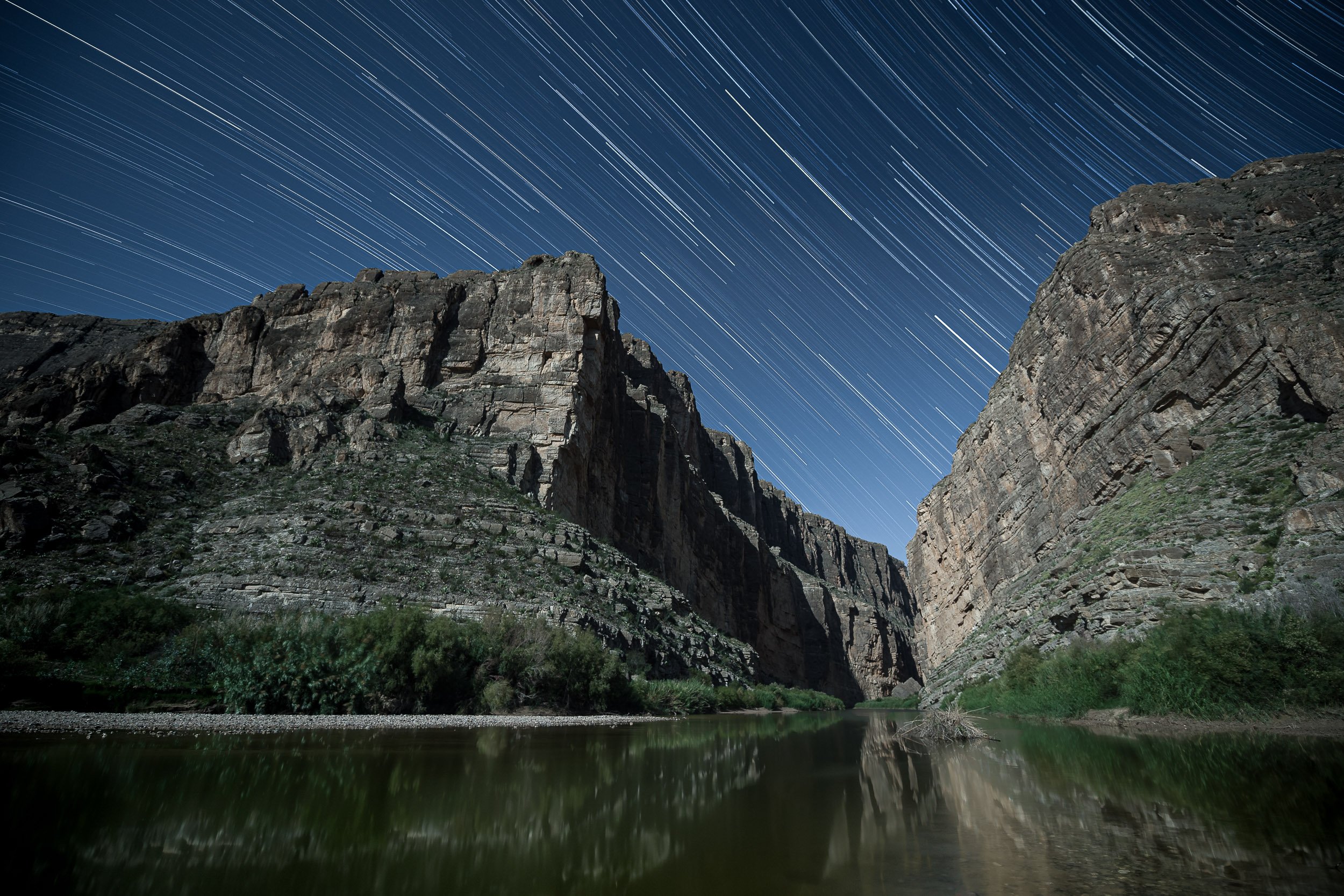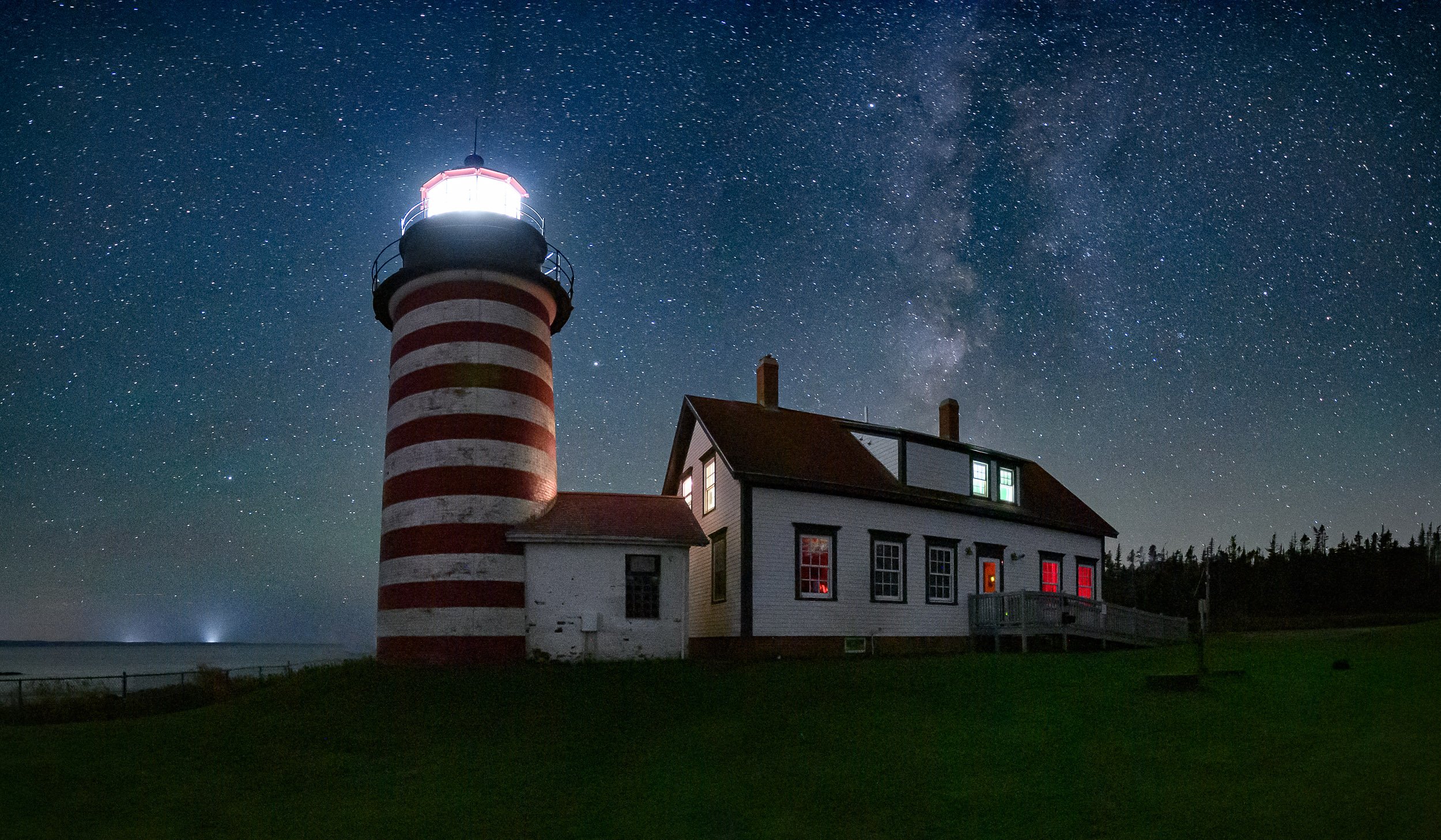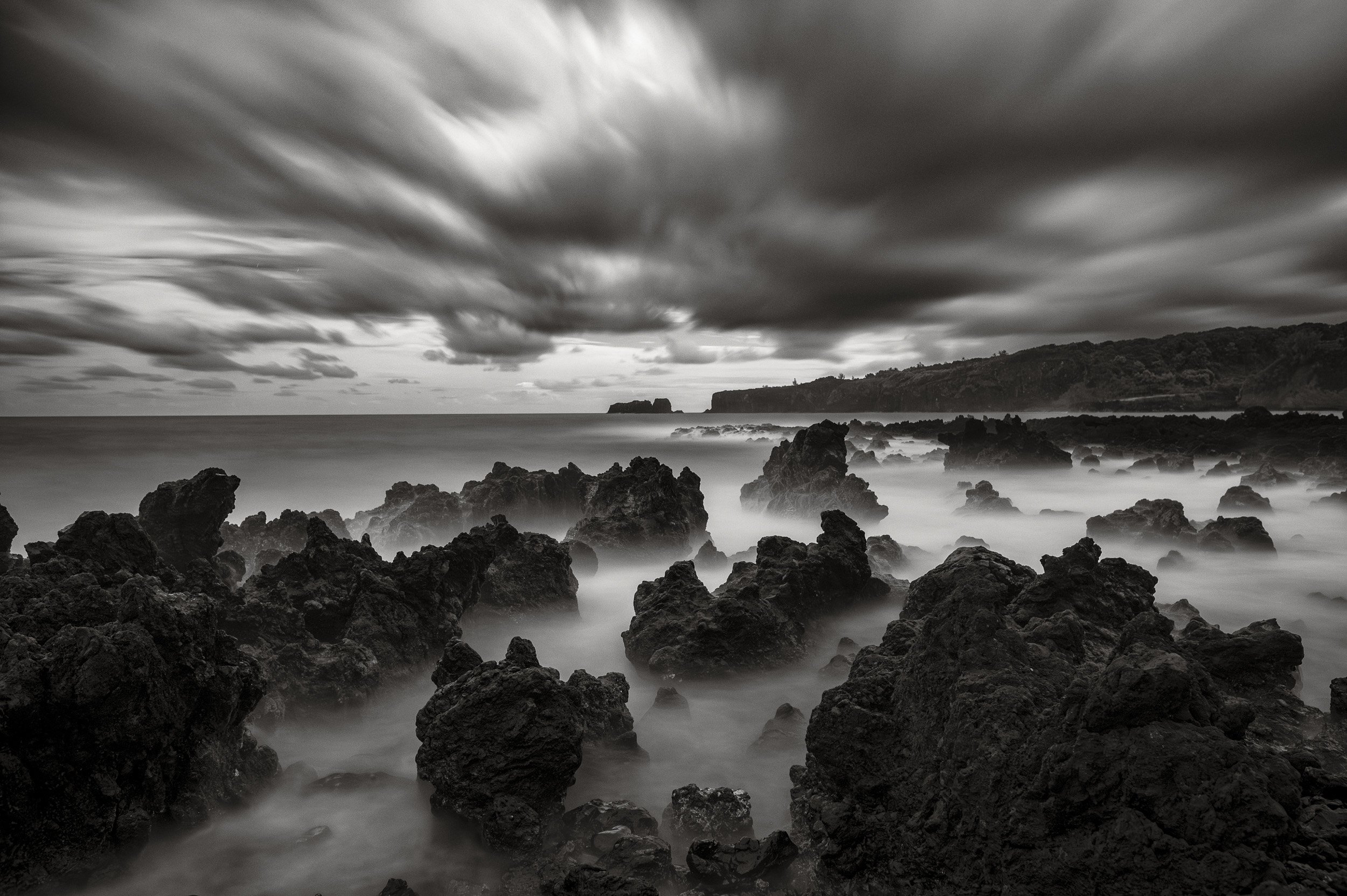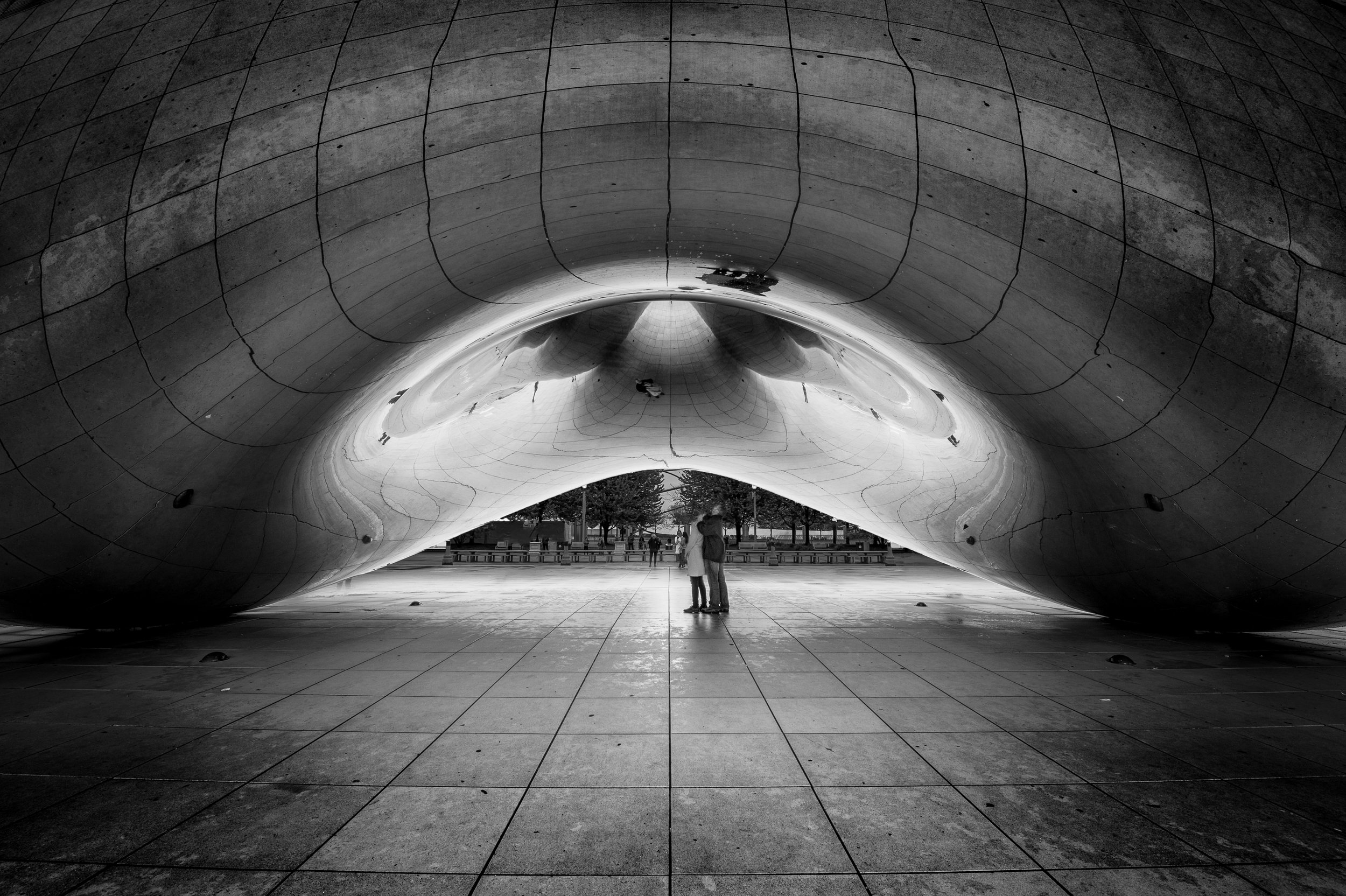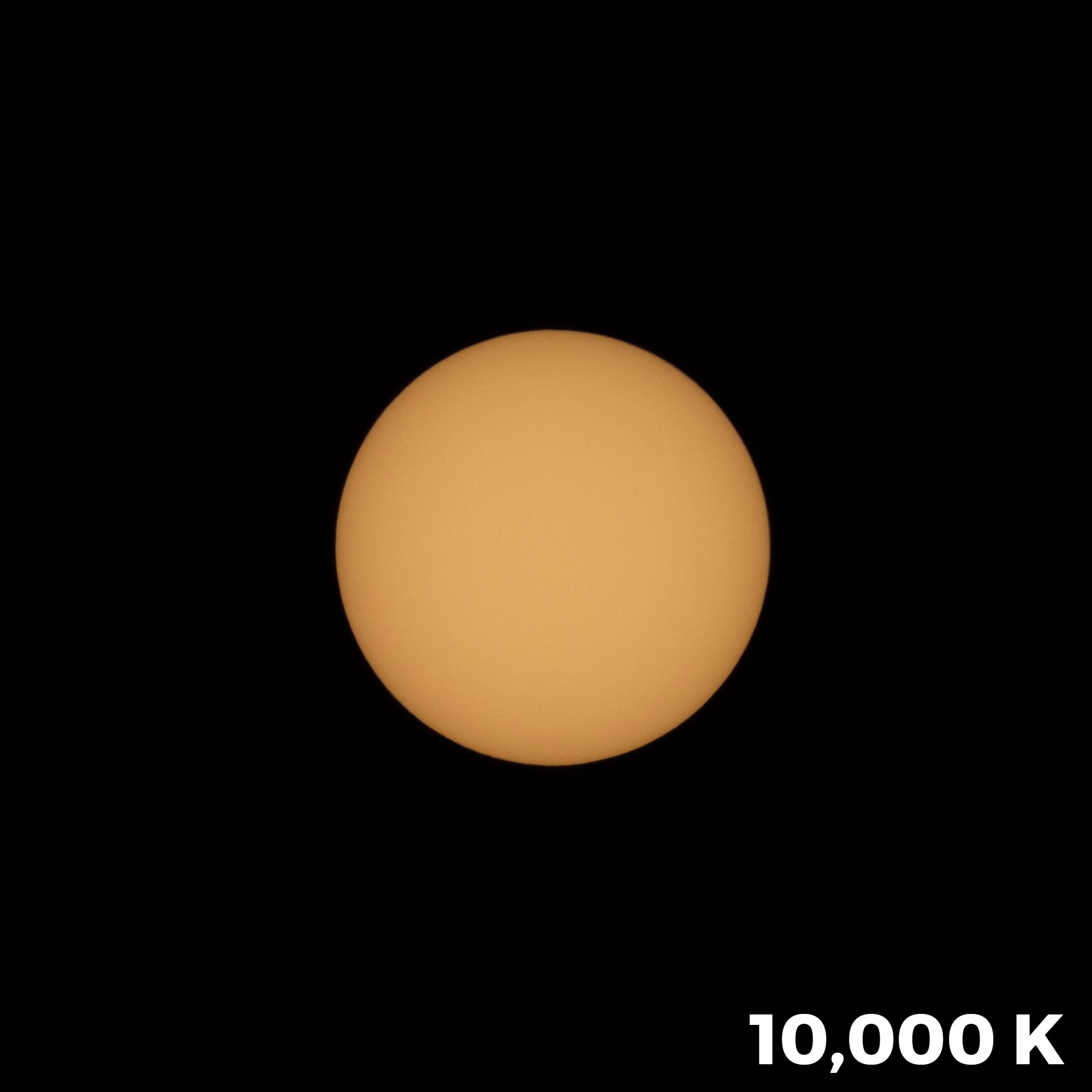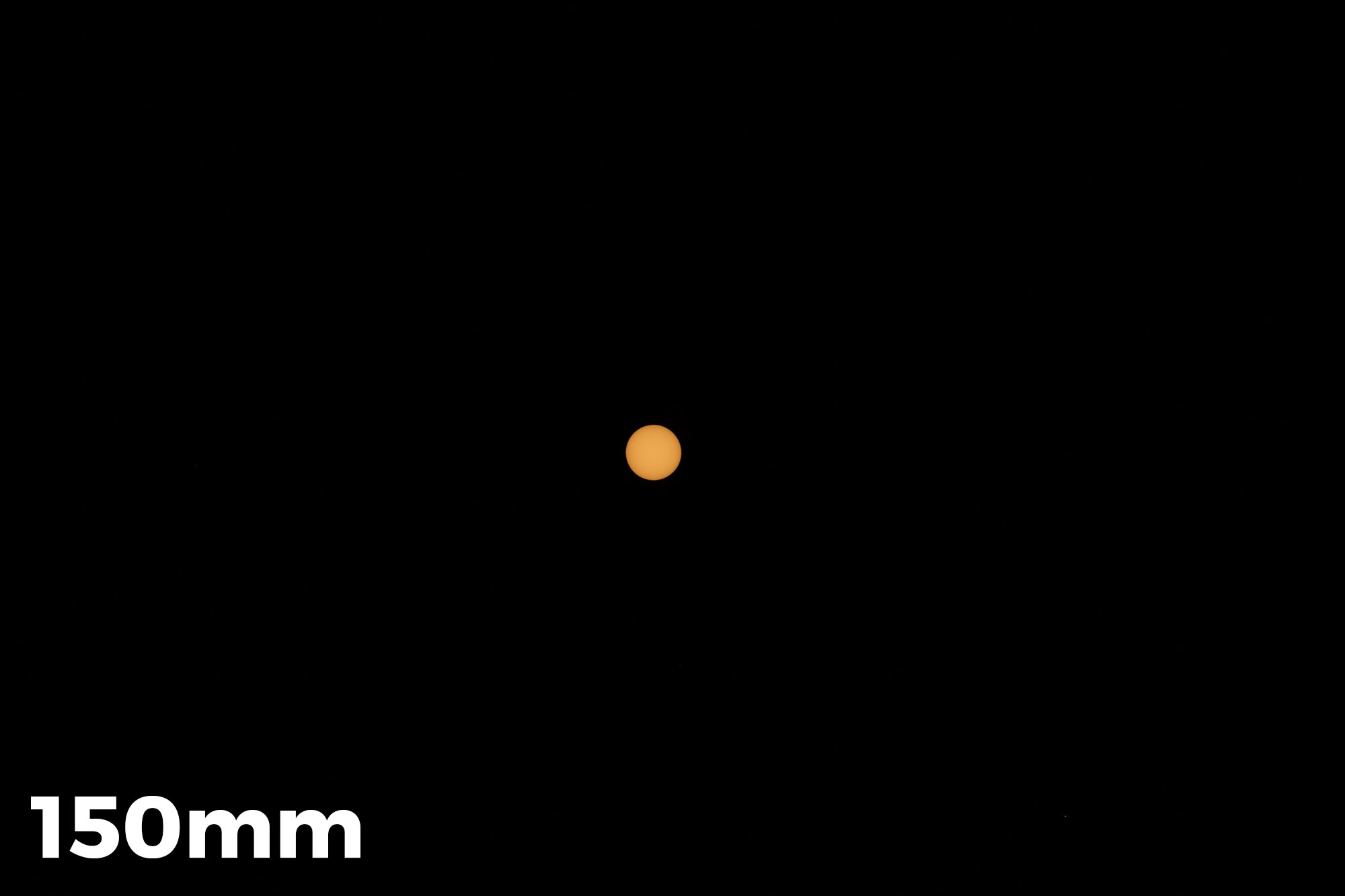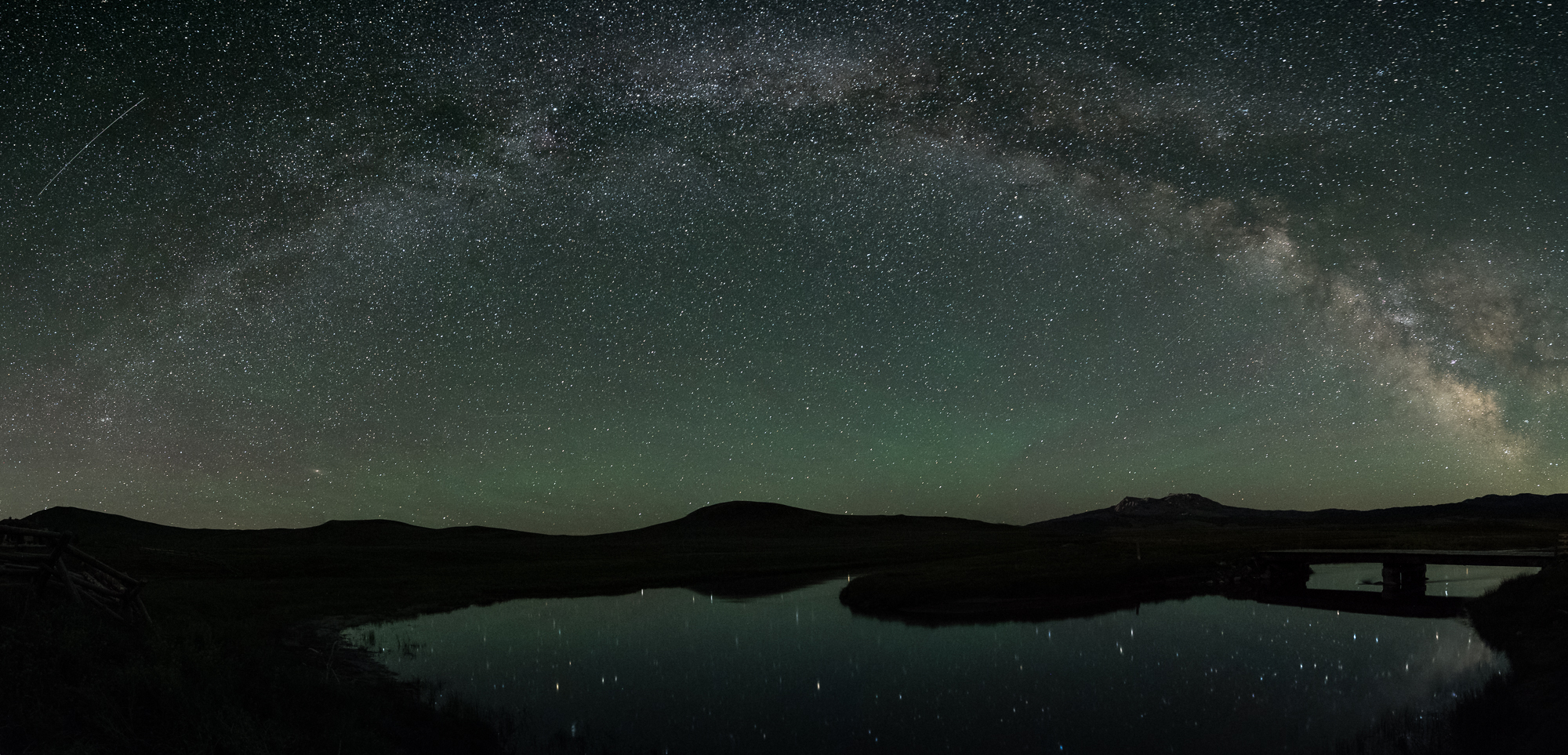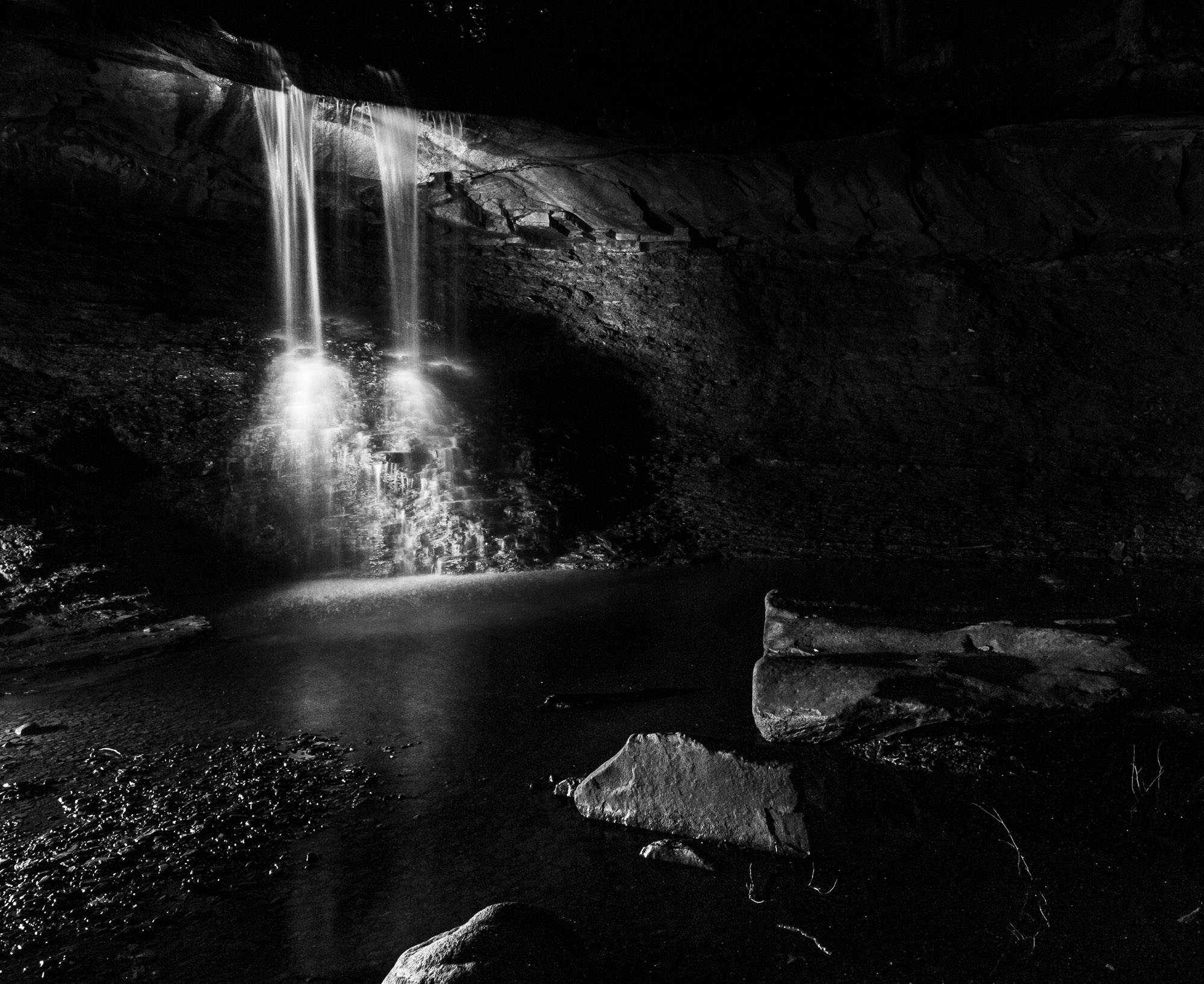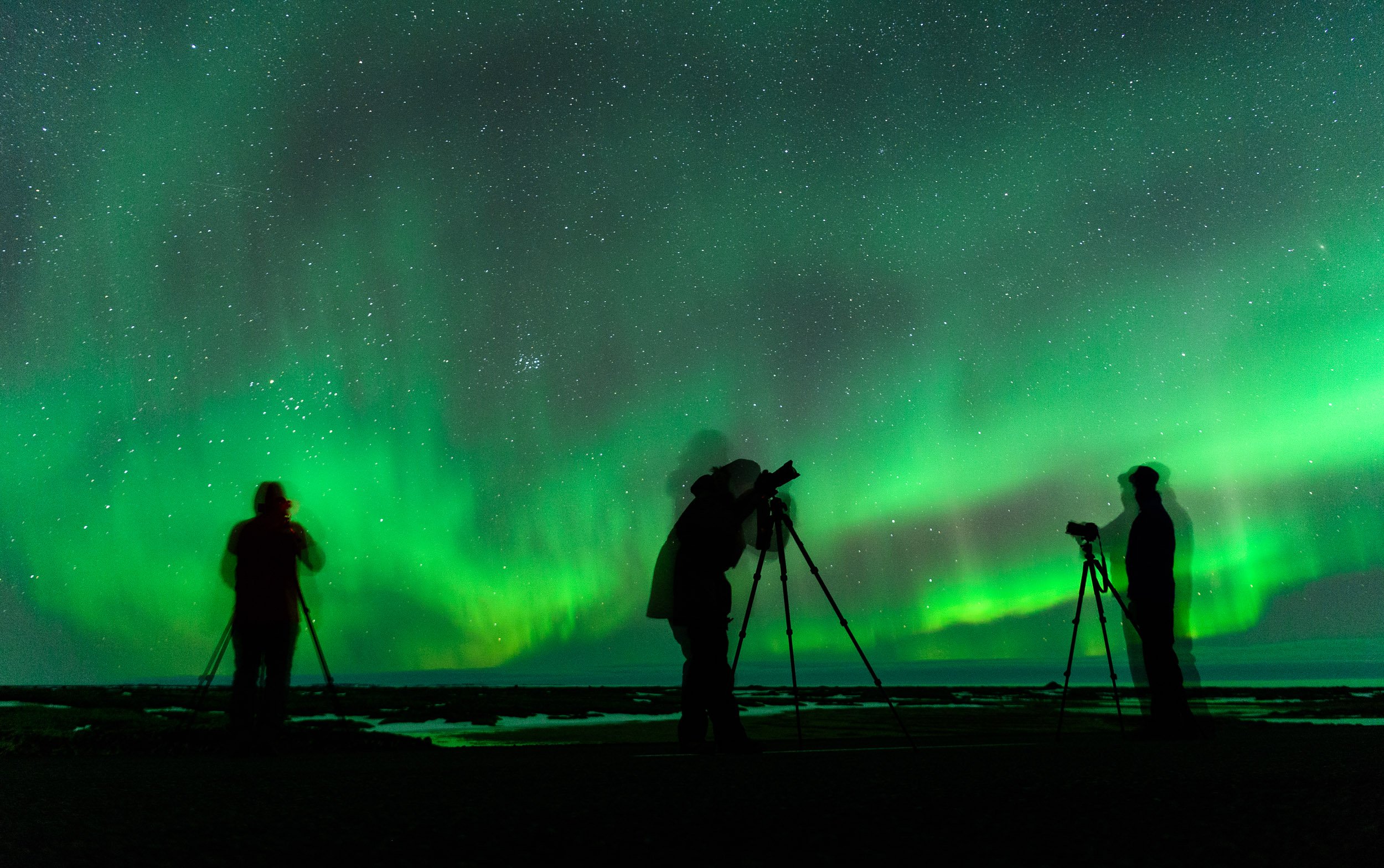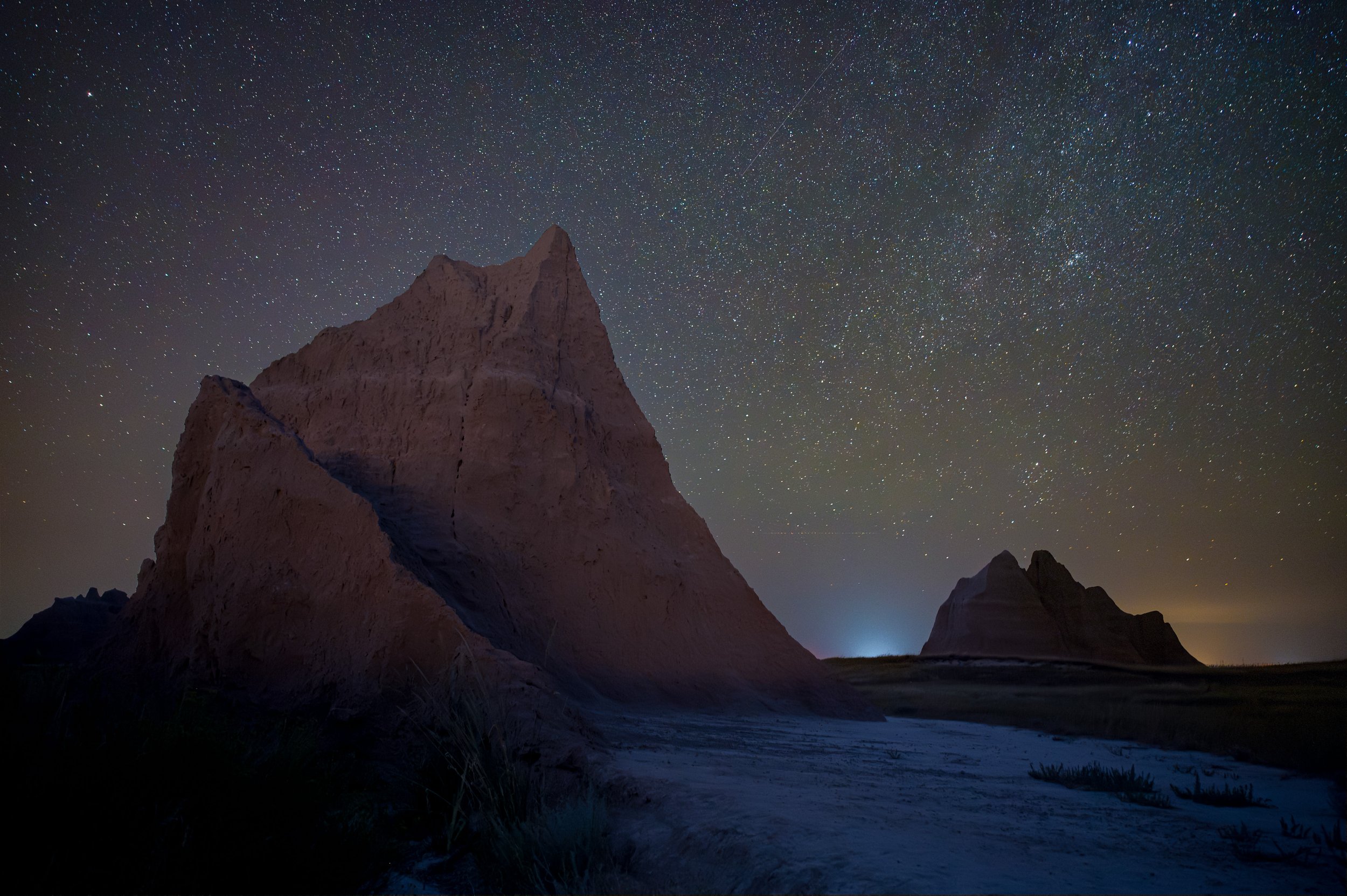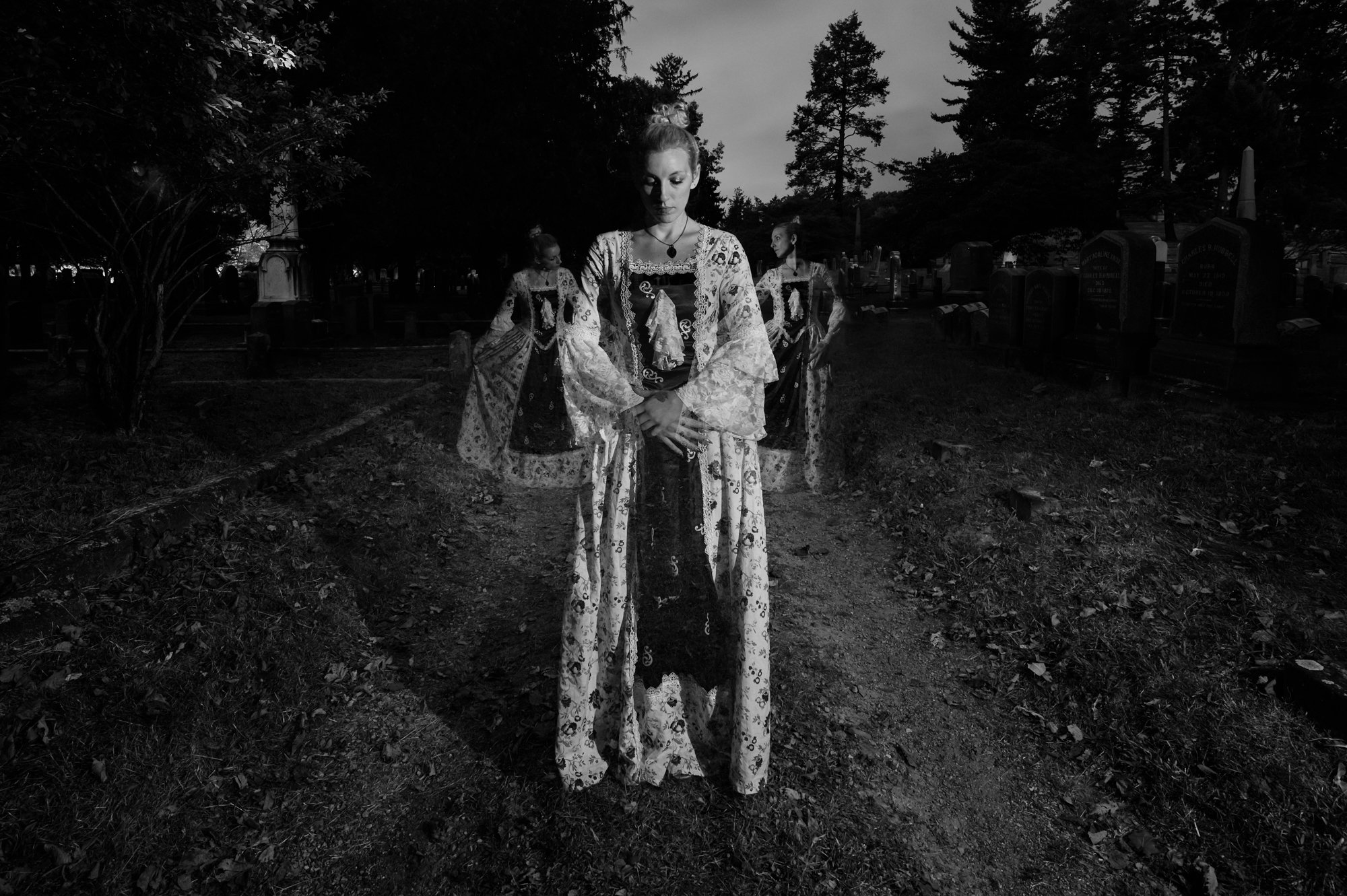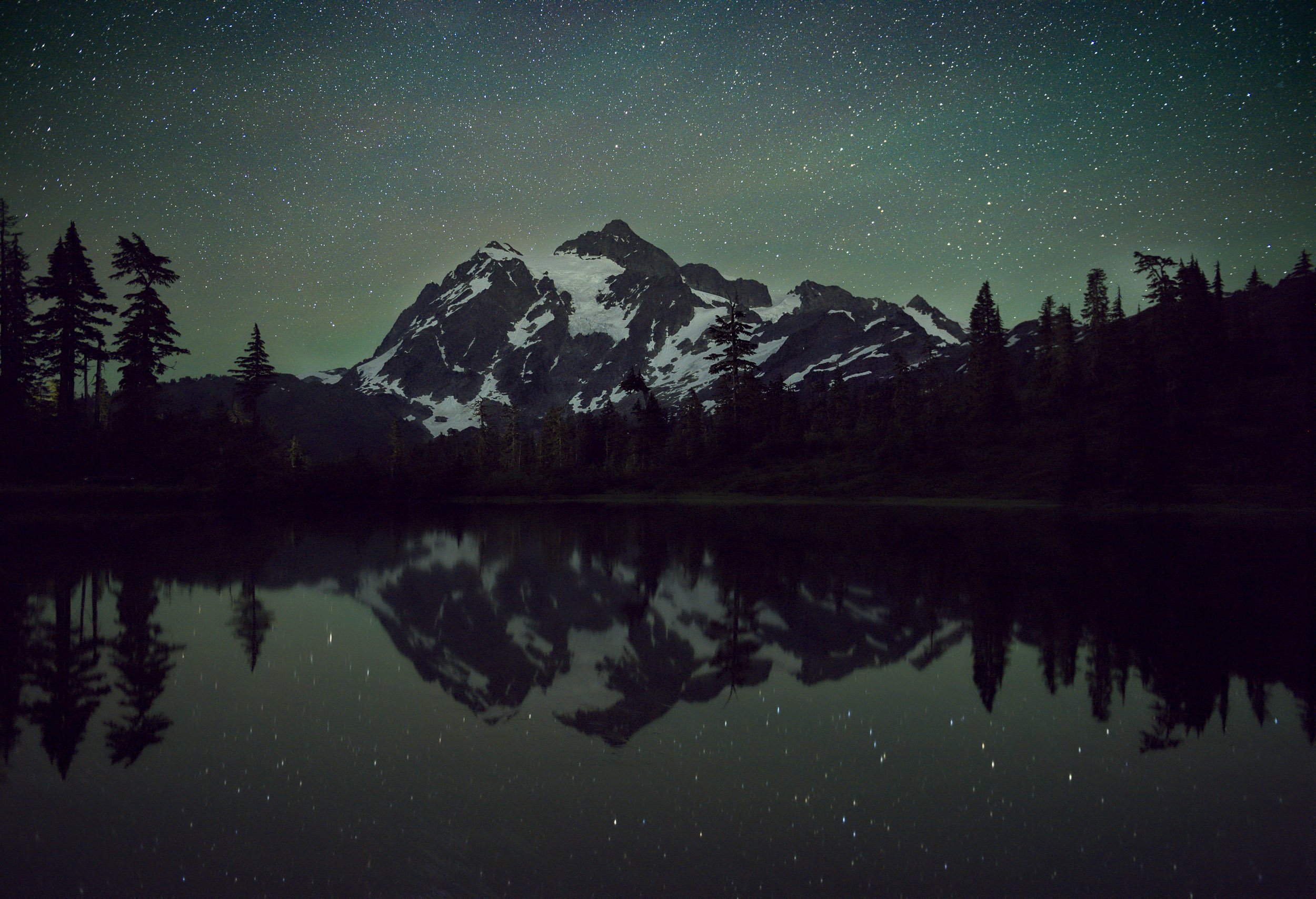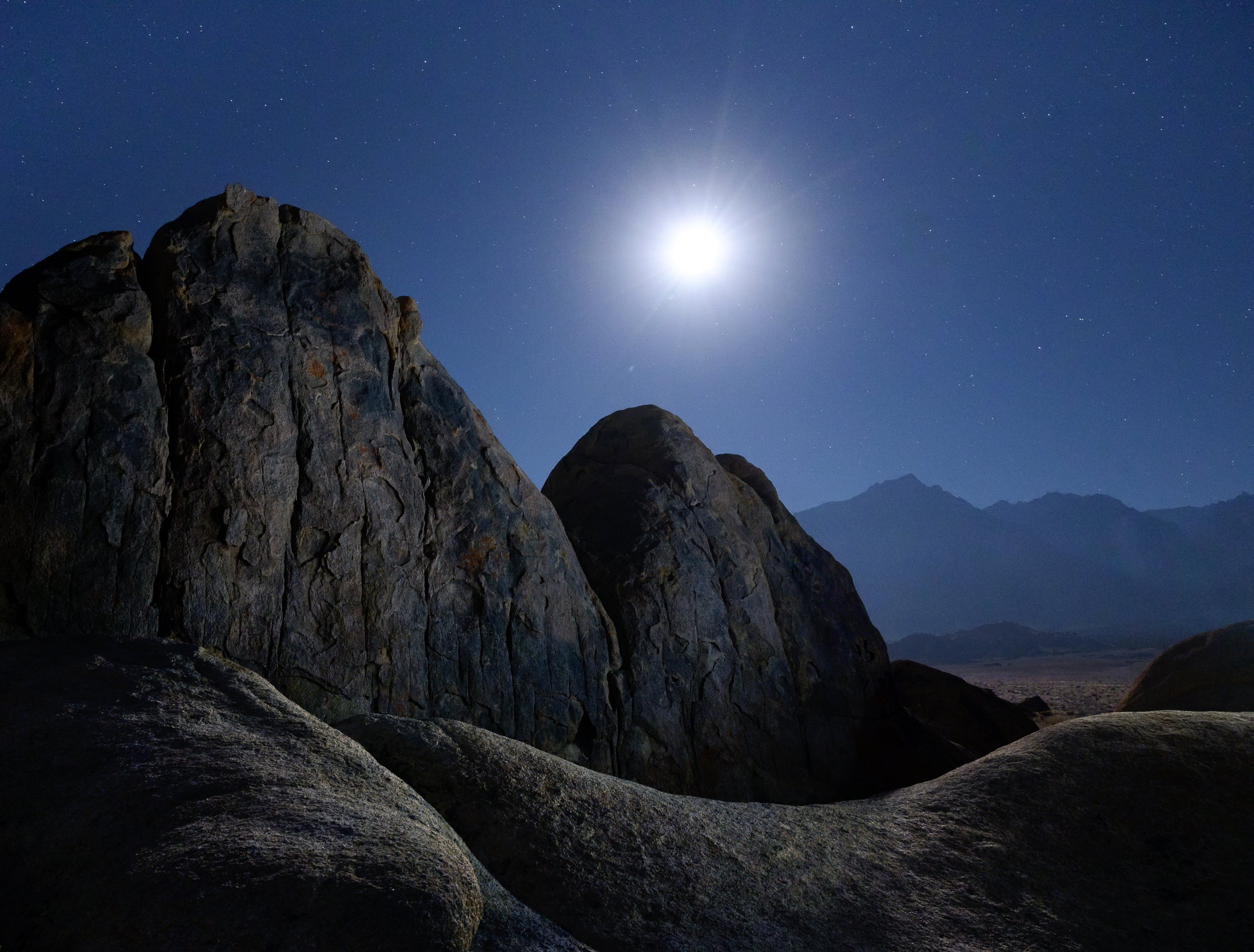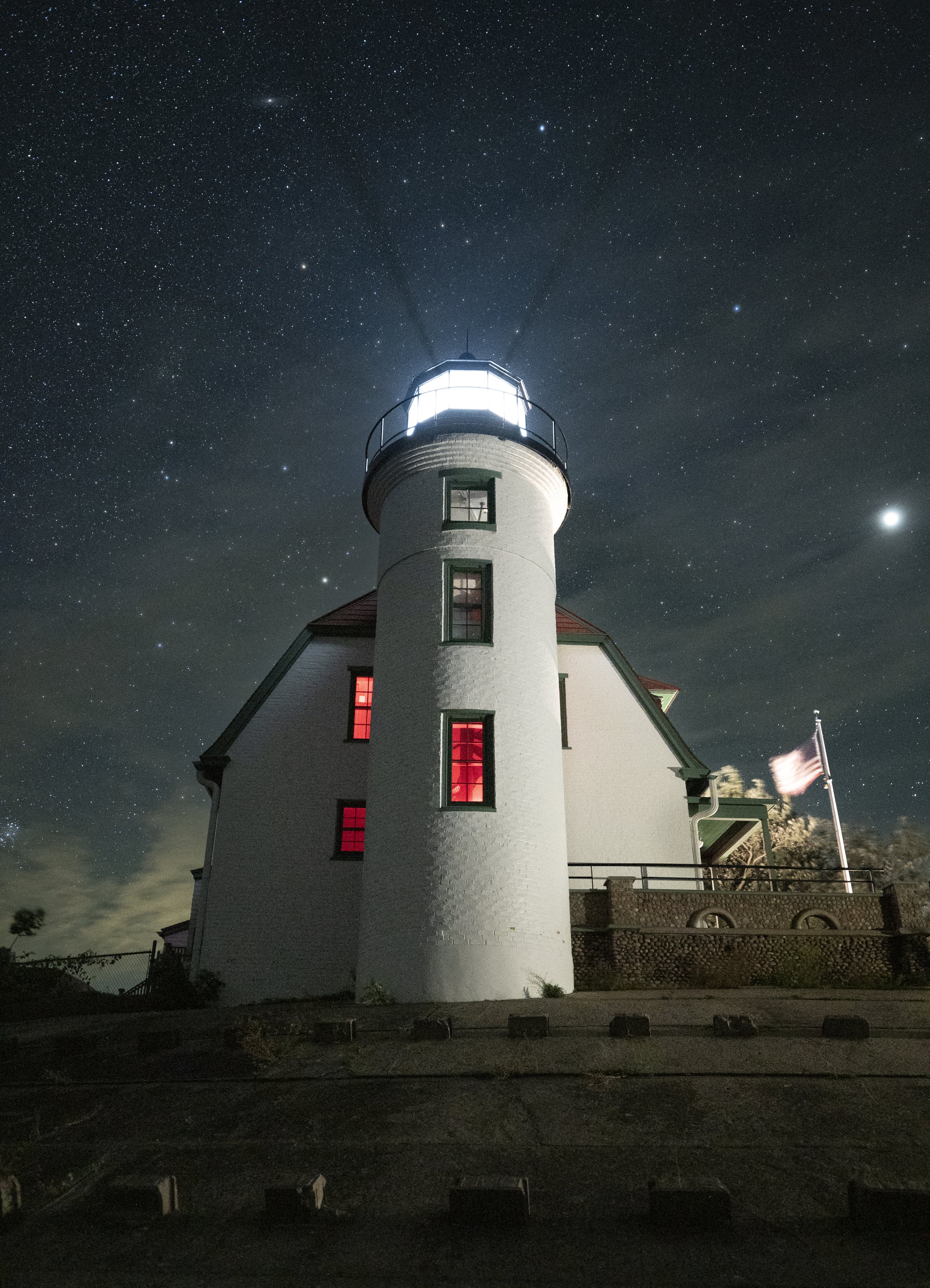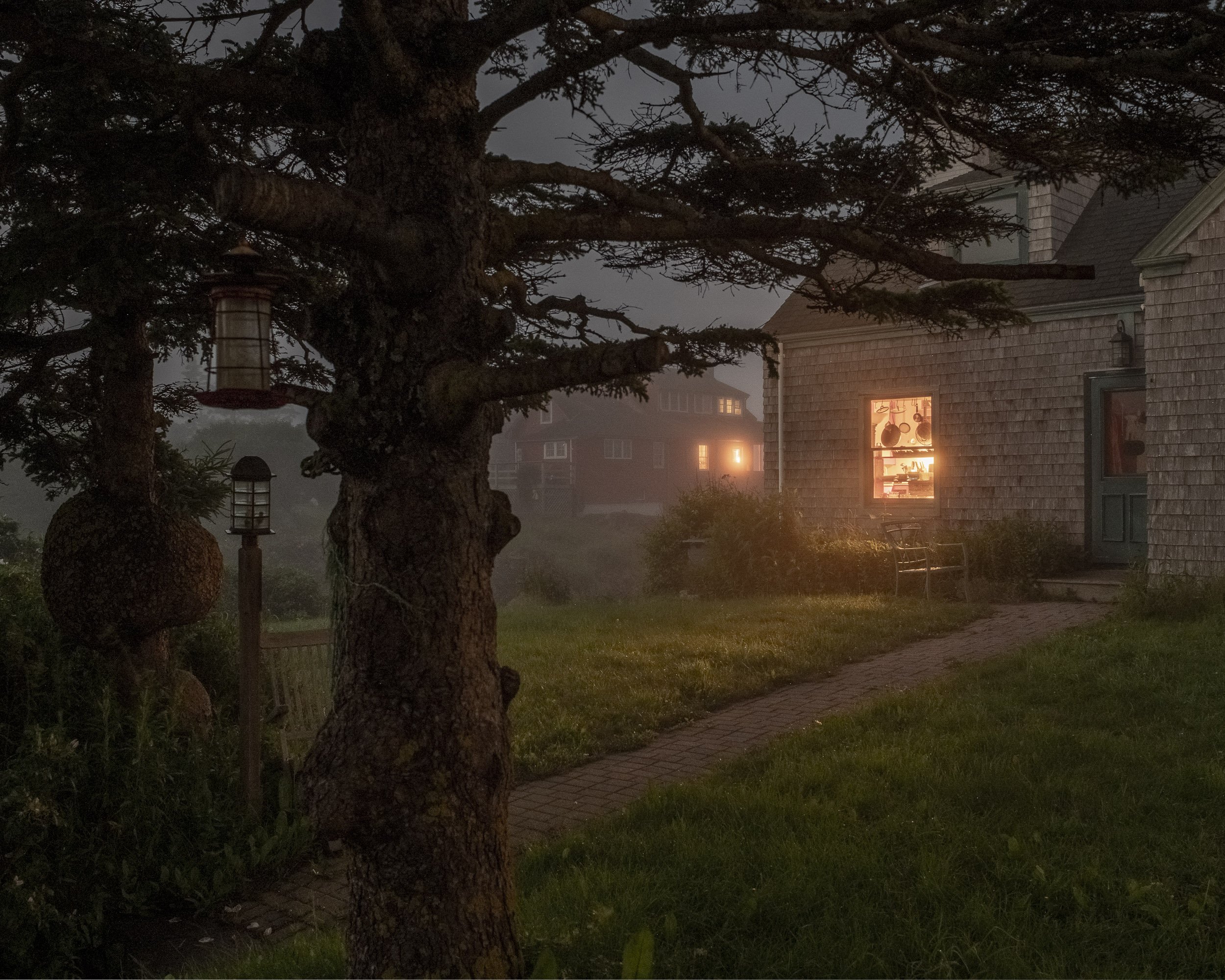Eclipse Lessons: What We Learned from Our Day in the Sun
Wow. That … was epic. Whether you experienced the solar eclipse of 2017 in the mountains or the cities, with a small group of friends or with the masses, or even just online, that was the most universally experienced eclipse ever!
As we slowly come down from the high of the event, we want to share our story with you.
All five of us here at NPAN witnessed the eclipse in different ways. Chris, Matt and I saw totality, and Lance and Tim took time out in their location to stare at the waning sun.
I planned a small, hands-on Adventure Series workshop around the event. We lived on a ranch at Exit 0 in Montana and then drove two hours to the remote wilderness to capture totality.
Matt collaborated with B&H and Atlas Obscura at a Total Eclipse festival in eastern Oregon and made the most of his two minutes by creating eclipse portraits during totality. And Chris probably did the smartest thing and simply shared the whole experience with his 4-year-old daughter, laying together on a blanket in the grass outside a zoo in Greenville, South Carolina.
Tim was leading a workshop in smoky Glacier National Park and guided the students not to shoot the blocked sun but instead to capture the unique rays of light from a minimal sun. And Lance, who had just recently moved to Vermont, took time out of his day to take it all in with his fiancée.
In this post, Matt and I share how we prepared for our shoots, and the ideas we had for capturing and creating during the whole of the eclipse.
Gabe’s Prep
I’m always looking ahead to unique celestial events that we at NPAN can share. When I first learned that the Great American Eclipse was going to be passing through an area I frequent, Montana, I knew I had to start planning!
As it turns out, I was invited to the rural big night skies of J Bar L Ranch in Centennial Valley. Located about one hour from the path of totality, I had initially planned to avoid the crowds and just shoot and share the eclipse at the ranch. When we posted the details of the workshop, we even downplayed the eclipse aspect because you never know with weather. However, we received several emails from “eclipsers” who told us that they would rather see the total eclipse in front of a pile of rubbish than a partial eclipse in the most beautiful place in the world.
So we changed the game plan and I started researching nearby locations in Idaho that would be in the path of totality, which I was able to scout a year ahead of time. My first thought was to go to Sun Valley and get close to Stanley, a small town smack dab in totality, But when I heard that this small town of 50 people was expecting 50,000 visitors, I starting looking for locations even more rural.
Figure 1. Idaho’s Sawtooth Mountains. © Gabriel Biderman.
In the end I was guided by stormy weather and magical light. I was visiting the small towns of Arco and Mud Lake when an impressive storm drew me toward the Sawtooth Mountains (Figure 1).
I pulled off and drove down a dirt road to gain a better vantage point to shoot the rays of light dancing around the mountains. I knew I was in the path of totality and pulled out the PhotoPills app to confirm that the sun would be seen over the Beaverhead Mountain Range at the time of the eclipse.
Figure 2. PhotoPills’ VR overlay of the path of the sun over the Beaverhead Mountain Range.
It was important for me to have an interesting foreground, as I wanted to have our students have a wide-shot option when photographing the eclipse.
Matt’s Prep
(Hi, Matt here!) I was a polar opposite to Gabe. Imagine that.
I wasn’t really interested in photographing the eclipse stages before and after totality. Why? I am happiest shooting at night, and totality was what I was looking for. The heat was on to make a plan for those two minutes.
I love making night portraits. So I challenged myself to stage and shoot as many portraits as I could pull off during totality. I knew the exposure would be akin to end-of-dusk light levels. So I grabbed my Sigma 35mm f/1.4 Art lens to make both the subject and the sun/moon combo a size that felt appropriate to me.
Figure 3. Night at Atlas Obscura’s eclipse festival.
We were set up in a field on a private farm in Durkee, Oregon, for Atlas Obscura’s eclipse event. I was hanging out with the B&H Photo crew, enjoying all the solar-equipped telescopes they brought to observe first bite and the looming totality.
The crowd was abuzz with anticipation (for the eclipse—not for what I was doing.). I grabbed a speedlight and a Luxli Viola, and prepared to test.
Gabe’s Practice and Process
As we discussed in our “NPAN 2017 Solar Eclipse Guide,” the most important thing you can do to prepare for the eclipse is practice shooting the sun.
Zoom lenses need constant monitoring to track the path of the sun in the sky. Solar filters take some getting used to looking through, as they darken everything but the sun. We practiced tracking for several days right before the eclipse. If you can practice during the same time of day, you’ll get a feel for how high you need to track.
I found that the autofocus of the zoom lens did a good job, but because we were pointing directly above us at noon, my lens had issues with creeping. I had to gaff-tape down my zoom ring so that it would stay all the way zoomed out. Investing in a lens that locks its zoom at multiple focal lengths would be very wise.
Matt’s Practice and Process
All of my practice is from years of night photography and flash portraiture. I’ve been shooting in dim light combining those two practices for a while, so I felt confident I could make it happen when the time came.
But it didn’t stop me from thinking though the possibilities over and over while waiting. I did fret a little. But the Light Painting Party the previous evening had me feeling all sorts of good.
Gabe’s Gear and Settings
My wide setup was the Nikon D750 with the Nikkor 14-24mm f/2.8 lens and the cardboard DayStar Solar Filter. My settings during the eclipse (not totality) were 1/125, f/8, ISO 800. I manually set focus at hyperfocal distance so that everything was sharp from 10 feet to infinity.
My telephoto setup was the Fuji XT2 and 100-400mm f/4.5-5.6 lens, with the best filter holder system I have ever used, the Wine Country. Even with the dubious Amazon scare, I stood by my Lee Solar Eclipse Filter, as I had used it for many hours without any issues. My base settings were 1/250, f/8, ISO 800.
I wanted to simplify my shooting during totality as much as possible and set up both cameras to bracket. To capture the “diamond ring,” I closed down to f/22 to heighten the flare, increased the shutter speed to 1/60, and bracketed as best I could. The light bursts were bright and quick and the bracketing worked out really well. The 1/2-second exposure gave me the best corona (see Figure 4) and 1/250 captured the Bailey’s beads (Figure 5). But the most dramatic image was the flare from the diamond ring effect, which worked out best at 1/15, f/22, ISO 800 (Figure 6).
Figure 4. Corona. 1/2, f/22, ISO 800.
Figure 5. Bailey’s beads. 1/250, f/22, ISO 800.
Figure 6. Bailey’s beads, or the diamond ring effect. 1/15, f/22, ISO 800.
During totality I lowered my shutter speed to 1/15 and bracketed again. I should have also opened my aperture, but I was trying to keep things simple while running between two rigs.
The best exposures ended up being 1/15 and 1/30, as exposures at or over 1/8 tended to be too blurry with the rather rapid movement of the sun and moon. In hindsight, I should have opened my aperture to f/8 and kept my shutter speeds in the range of 1/125 to 1/250.
It was very important to put my camera in the highest burst mode, to shoot in RAW (of course) and to still bracket. Keep the trigger firing and take some time to take it all in.
Matt’s Gear and Settings
I popped the CTO-gelled speedlight on a tripod and tested the output. Why CTO? Well, I wanted to shoot with Tungsten white balance and the flash should be neutral.
“This is night photography, if but for a moment.”
I then grabbed the Luxli Viola and set it to 5000 K. I placed it lower than the speedlight, but on axis. I’ve been studying how cinematographers are making the shadows and highlights different color balances. So I wanted a cool shadow undertone from the LED light and neutral/warm from the flash. And the sky would look cool because of the Tungsten setting.
I revved up my Nikon D750 and Sigma 35mm with no filter. Why? It’s totality—this is night photography, if but for a moment.
I worked through a couple of test shots to get the sun/moon exposure while my first subject, John Faison, was making a few images for himself. I asked John to stand in front for a few darker frames at 1/125, f/6.3, ISO 200. Then I wanted some more corona and landscape for context, so I dropped my shutter speed down to 1/25 and then 1/3. (See Figures 7 through 9.)
Figure 7. 1/125, f/6.3, ISO 200
Figure 8. 1/25, f/6.3, ISO 200.
Figure 9. 1/3, f/6.3, ISO 200.
Figure 10.
We swapped places and by the time John shot two frames of me (Figure 10), our two minutes of totality were over. Wow. Talk about pressure!
I asked the next volunteers to step in and it was all over. :-(
Gabe’s Experience/Emotion
Well, that was the quickest two minutes in my life! It was magical to have the sunlight change so drastically and to have hard “night” shadows engulf us. Typically moonlight is very soft, so this was very surreal. I saw only the brightest stars and planets—it was a very silvery civil twilight.
The drastic drop in temperature brought an eerie chill and the only creatures close to us were flies that appeared out of nowhere when the lights came back on.
I did watch too much of totality from the back of the screen and really wish I had spent more than 15 seconds staring at the sky.
Matt’s Experience/Emotion
I was laser-focused on one mission. OK, two. I forgot to mention I was running a time-lapse with a fisheye from ground level on Aperture Priority (see below).
Anyway, my one mission (I told myself) was to do something no one else was likely to be doing. I like to zig when others zag. I’m known for it. It’s curiosity. I love that feeling of, “Oh, this might not work.” In fact, I told John and those who didn’t get a chance to get their portrait done that very same thing.
I was listening intently to everyone around me. I heard the hush of wildlife. I heard the birds all speak up at once, then crickets. I felt the temperature drop and one of the scientists nearby exclaim in glee, “It’s 62 degrees Fahrenheit—a full drop of ten degrees!” I felt the mosquitoes rise up and eat me alive. I heard all the oohs and aahs of everyone marveling about all the stars in the sky behind us. But I saw none of it. I was on task.
Do I regret not enjoying the eclipse with my own eyeballs? Not at all. Because now I would be regretting not trying for something that was a pressure-based stretch goal. I tried, and I believe I succeeded. In fact, I got a diamond ring in my portrait. Pretty rad.
Gabe’s Final Takeaways and Notes for 2024
I was able to share this experience with my dad as well as nine Centennial students, which was incredibly special. We were all alone among the mountains, and it would have been weird to experience it all by myself. Viewing it in a city would have been more of a universal gasp of astonishment, but I really appreciated the people I was with and the earth that surrounded us. We all promised to meet back up in 2024!
It was difficult to remain cool, calm and collected during totality. I totally forgot to turn on my 360-degree video camera, which would have been a unique way to capture the changing light and our reactions. Maybe next time we can work together and have each person be responsible for one way to interpret the eclipse—that way we would be more focused and could share the many results.
Figure 11. Composite of 25 frames showing the full sequence of the solar eclipse. Nikon D750 with 14-24mm f/2.8 lens and DayStar Solar Filter. Each frame (except totality) shot at 1/125, f/8, ISO 800.
In the end, the close-up shots give you a closer look at all the incredible things that happen moments before, during and after totality, but after the rush of it all, I’m really enjoying the wider-view composite shot of all the sun phases over the scene (Figure 11).
I feel like I accomplished the standard takes on the eclipse and look forward to challenging myself for a new perspective in 2024—or before!
Matt’s Final Takeaways and Notes for 2024
I was very fortunate to be where I was, when I was. I wasn’t originally scheduled to go to the festival, but a series of other things put me in a position to represent NPAN at Atlas Obscura’s exclusive event.
I’ve always admired the cut of their jib. Their focus on adventure, satisfying curiosity and generously sharing is right up my alley. And I met a host of like-minded people there. It was kismet and I would do it all over again exactly the same way.
Next time, however, I will bring about five cameras. That may be in Argentina in 2019 or 2020, or much of North America in 2024. I am hooked. That was a truly singular experience.
Did you photograph the solar eclipse? We would love to see your images in the Comments section below!
